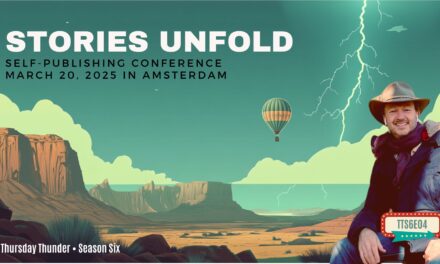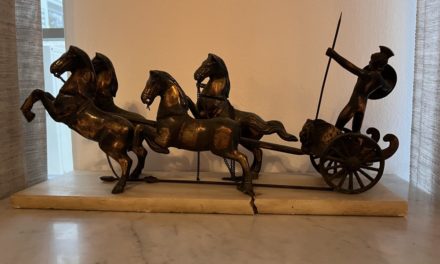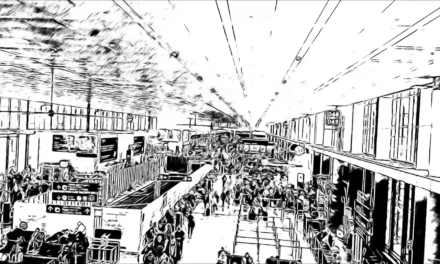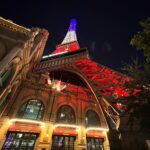
To Evoke a Sense of Wonder in the Reader
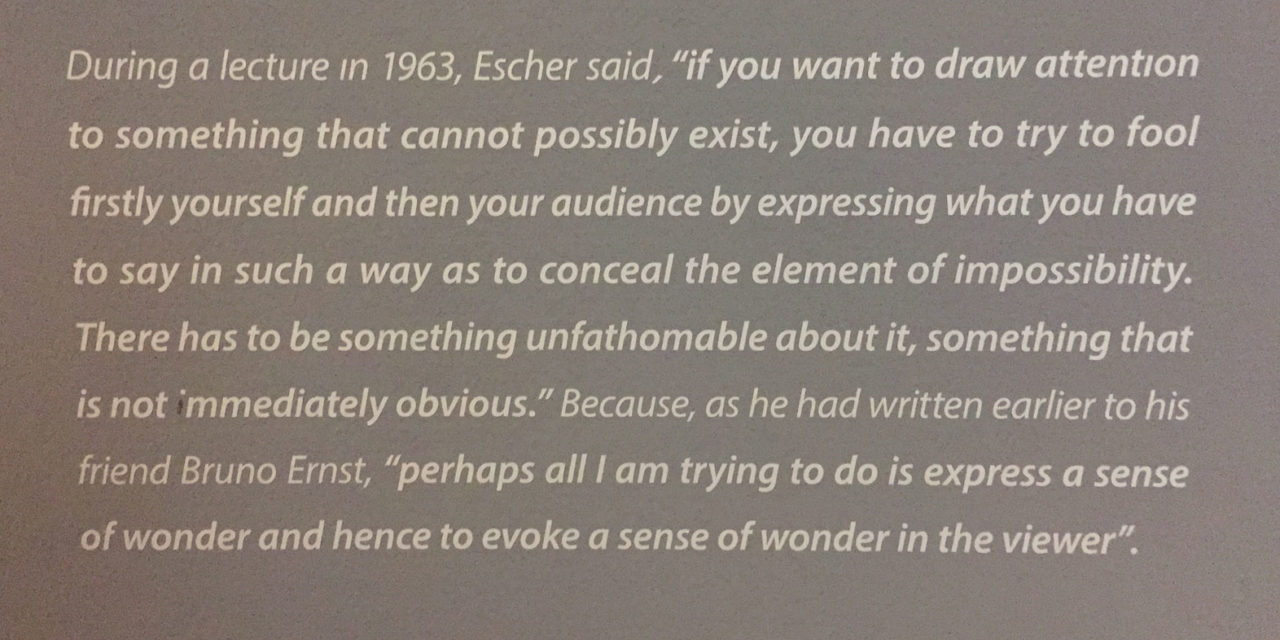
This is basically what I’m after.
While walking through the Escher museum in The Hague, The Netherlands, I came across a plaque on the wall that explained what I’m aiming to do both my fiction and my nonfiction.
It was one of those things where you have to admit, “This was no coincidence. I was meant to see this.” That kind of thing. In fact, to quote Escher in my meta analysis of me seeing these words on a wall, “There has to be something unfathomable about it, something that is not immediately obvious.”
I could say that it was “unfathomable” that I would see a relate, connect, and intertwine with his words as if they were my own. But even better sometimes than your own words are words that describe what you want to say better than you could have ever said it yourself.
During a lecture in 1963, Escher said, “if you want to draw attention to something that cannot possibly exist, you have to try to fool firstly yourself and then your audience by expressing what you have to say in such a way as to cancel the element of impossibility. There has to be something unfathomable about it, something that is not immediately obvious.” Because, as he had written earlier to his friend Bruno Ernst, “perhaps all I am trying to do is express a sense of wonder and hence to evoke a sense of wonder in the viewer.” — from a plaque on a wall at the Escher museum in The Hague, The Netherlands
By the way, if you’re anywhere near The Hague, the museum is fabulous and also housed in a hidden gem of a palace in the middle of the city.
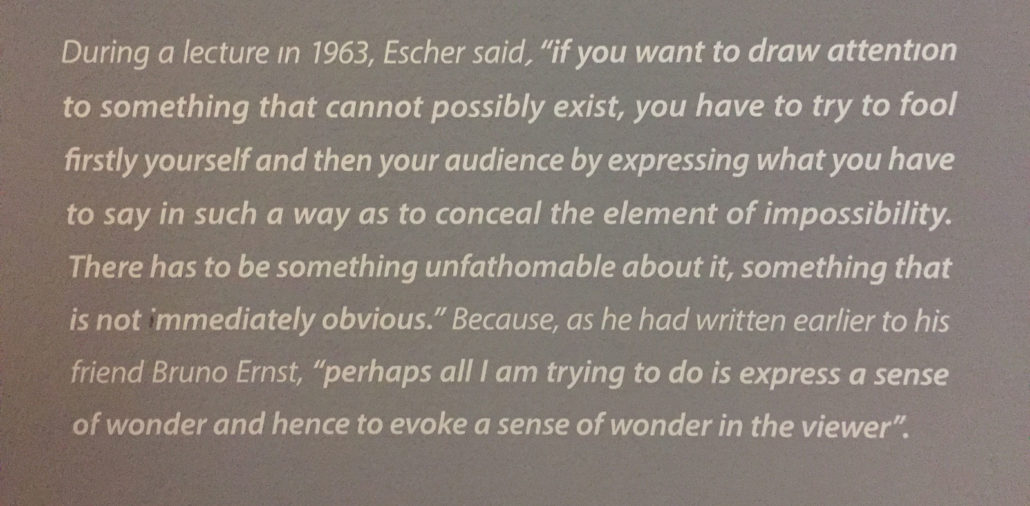
Evoke a Sense of Wonder


